Hong Kong protests: 9 things that reminded us of BERSIH
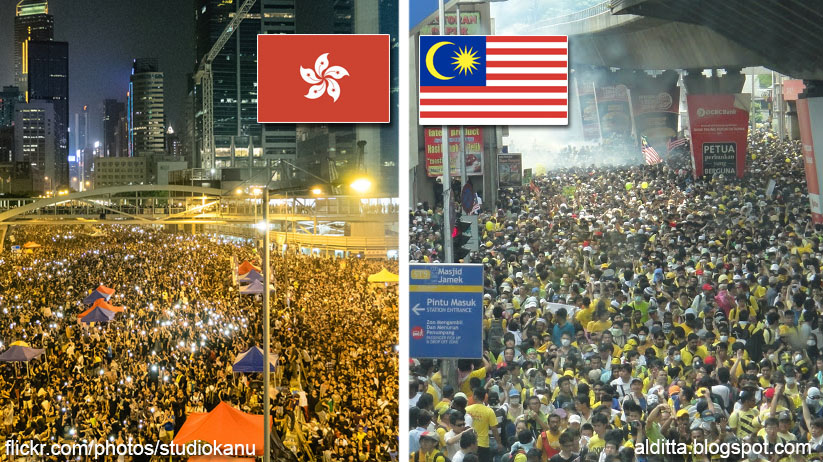
- 528Shares
- Facebook521
- Twitter2
- WhatsApp4
They say that as a collective species, we should learn from history to prevent ourselves from making the same mistakes. They also say that history tends to repeat itself, not like a broken record, but more like an annoying sibling who just won’t shut up. When Beijing announced that the choice of candidates running for office would be set by them, Hong Kong stormed the streets and said, “Where can? Cannot choose candidates then vote for what?“
After its footage reached the internet, many Malaysians would recall a time when they too fought for democracy in the Bersih demonstrations, to call for cleaner and fairer elections. Wikipedia states that the total attendants at both Bersih 2.0 and 3.0 were at a ballpark figure of 28,000-300,000 people, with 80 injuries and 1 death. Hong Kong statistics go by 100,000-400,000 attendants, with 81 injuries so far.
Wanna know what’s weird? Hong Kong arrests totalled 511 people at the time of writing, while Bersih 3.0 saw 512 detained. Damn kopitiam conspiracy right? Don’t quote us on it, though. We’re basing our conclusions on our Google-fu abilities after all.
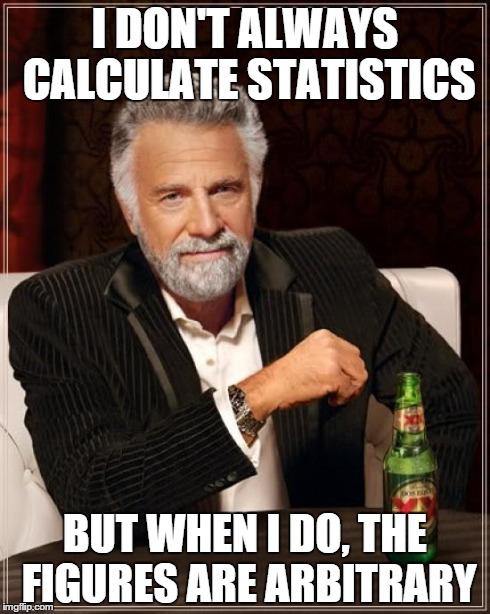
Yup
What is it about ex-British colonies having a problem with democracy anyway? Sorry I didn’t mean to jump my own gun. Well, without further ado, here’s a peek at eerie resemblances between the Hong Kong protests and the Bersih rallies.
1. Tears were shed over tear gas
Because what’s a protest without tear gas? When the riot police aren’t busy swatting the backs of protesters’ heads with a club or peppering them with batu serembans fired from shotguns, they usually employ tools with a wider scale of crowd control. After both parties spend an arbitrary amount of spent doing the Mexican standoff, the inevitable canisters will be lobbed into the crowd, and our Facebook feeds will be filled with reactions of, “OMG teargas how could they.” They deployed 262 canisters in Bersih 2.0 and 967 in Bersih 3.0, while Hong Kong received a fraction of the gas justice at 87 canisters.
Then the finger pointing begins, followed by the blame taichi-ing. Unfortunately, it’s a classic case of “my word against yours,” and even if you were present at ground zero, pinning the exact reason for tear gas deployment can be a daunting task. It is indeed a popular tool for dispersing huge groups of people, and it was the first trigger than made us think about similarities between their protests and ours in the first place.
2. People came together for democracy’s sake
Quick sejarah lesson: One of the bloodiest uprising in history that involved some semblance of a fight for democracy would be in 1789, where the people of France, tired of suffering through poverty and starvation, decided to overthrow the monarchy and change the country’s administration system. Many people kena pancung, and that’s where the guillotine started being a household name. So let it be said that when people rally together to fight for democracy, heads will roll. Heh.
It’s hard enough organising a yumcha session, what more getting hundreds of thousands of people together for a common cause. They camped out on the streets, wanting nothing else other than to make a statement. Besides operating off fear, Hong Kong citizens were also angry. As one citizen said, “It was hard to keep calm because we were angry. If we weren’t angry, we wouldn’t be here.”
Standing united can seem very different from a micro point of view as well. Here we see a personal recount of someone who took part, and how he realised that it’s not only going to rallies that matter, but it’s also important to involve yourself in every part of democracy. We know that comparing the HK protests and Bersih rallies are like comparing apples and Samsungs la, but one thing’s for sure, sometimes the resulting unity can be astounding, and unite they did.
3. It is people versus the government
Riots could pit any two groups against each other. They could be the people against the police, students against schools, or just extreme religious sects picketing the funerals of fallen soldiers. The similarity between the Hong Kong protests and Bersih is the divide between the people and government. You see, what sparked the chaos in Hong Kong was China’s decision to choose who Hong Kong gets to vote for. Its protesters say that voting wouldn’t matter in that case, as China will get to elect whoever it wants, making the action of voting moot.
Bersih’s agenda also ran loosely among these lines. According to them, the government wasn’t having clean and fair procedures for its elections, which would compromise the meaning of voting as well. They wanted to address weird issues within the polling system such as IC hantu or deceased voters, among its seven other points. So these were the main catalysts for the people versus the government dramas in the respective countries.
They even took to the city centres, because when the main purpose is to get the attention of the big wigs of the country, what better way to do it than converge upon the hub of the country’s infrastructure?
4. The opposition is always the bad guy
Sometimes, police brutality sparks unrest, and if a riot breaks out, the general public will be blamed for their shenanigans. Other times, people will have their lifestyles threatened, and the authorities would just chalk it up to people just being kurang ajar. Public demonstrations take no bias toward race or religion. When a group has something collective to say, they get together and cari pasal, and their demographic will be duly noted and prosecuted. Where democracy is involved, however, country officials are always quick to name opposition groups as their scapegoats.
5. There were also peaceful events amidst the fray
It’s no surprise that protests are oftentimes related to chaos and terror. Picture the usual media footage: someone hurling abuse into the camera, citizens playing tear-gas catch with riot police, people on bullhorns riling the crowd, and more signage than Vegas on a weekend. But then hor, there were also peaceful instances also.
Role models have been sprouting from the riots, especially within good light. Who can forget Aunty Anne of Bersih? After photographs of the frail lady walking among tear gas circulated the net, Malaysians began hailing her for the spirit she showed. I mean just look at her. Takkan you want to arrest her right? Speaking about the demonstration, she said:
“Am I a Bersih hero? I don’t think so. But I know now I have things to do. I have to speak up. I have to be the voice to speak for so many who cannot speak, who do not know the situation.”
Hong Kong also had its fair share of eye-catching personalities. One person in the limelight was student Joshua Wong, whom at the age of 17, is not at his first protest. Taking centre stage after being arrested for 40 hours, the student has always been an activist with a zeal, and the latest protests brought attention to the work he was doing.
6. The news reached global status
Chances are, you haven’t heard about the Venezuelan protests taking place for the poor economic and social conditions in the country. You might have also overlooked the ongoing drama in India, where students from the Jadavpur University in Kolkata are demanding for action being taken on a molestation case on a female student.
Oh, you have? Then you must be some terror news buff. For those who haven’t, we don’t blame you, because there’s just too much information out there constantly being fed to us, and you’d have a better chance of winning Toto and getting struck by lighting—at the same time—than knowing everything about world news. But I tell you what. The Hong Kong protests and Bersih rallies were substantial enough that you didn’t need to search for them. They’ll come to you.
7. Songs were sung
Admit it, you probably break into song while showering. Feels pretty good right? There’s just something about music that lifts the spirits, and that’s probably why the protesters show a penchant for group performances during the demonstrations. Like a war drum, it’s also a great way to rally the crowd. One weird thing about some Malaysians is that they probably sang Negaraku more times on this day than every August and September in the cinemas.
Other than the national anthem, Malaysians were reportedly singing Rasa Sayang as well. It was a beautiful thing seeing how all races sang a Malay folk song without once bickering about what ethnic origins the song was from. It was even sung in overseas Bersih demonstrations. Hong Kong protesters on the other hand, opted for Beyond’s song Boundless Ocean Vast Skies. The choice of song derives from its lyrics, which at the time was Beyond’s way of voicing out towards the music industry. When you look at the lyrics however, it’s also a song about the struggle of upholding your principles, and struggle they did in Hong Kong.
8. The protesters set aside their differences and showed the meaning of true unity
Those of us who brave the daily commute would know how kiasu people can be when it comes to dealing with their motorist-neighbours. Also, judging from our Facebook feeds, people who complain about little snags at work—such as HR not refilling their coffee jars—seem to be the majority.
Yet, despite the trying conditions at protests, the noble side of the human spirit appears amidst the negativity. Footages of heroes are highlighted, and every value we’ve learned from Pendidikan Moral such as bertimbang rasa and tolong-menolong finally find an outlet. Perhaps the ‘us against the world’ mob mentality brings everyone in attendance closer together, and we have to agree that some of the footage captured from the protests can tug a heartstring or two.
9. Footages were either censored or biased
While China’s stance on the internet is no secret, what with its ban on access to social media sites like Facebook and Twitter, it has taken the approach one step further by blocking news and images of the protest from reaching the mainland, while simultaneously blocking access to more social media sites to prevent the protesters from communicating effectively with each other. This prompted the Firechat downloads en masse. What the app basically does is let people chat without any internet connection, with each phone contributing itself as a connection node. This means that any updates on the ground can be received by anyone tuned in to the service, further sticking it to the man in Hong Kong.
Malaysians, on the other hand, tak kena teruk sangat la. All we were subjected to were the doctoring of BBC’s footage and the difference in figures between mainstream media and other news sources. At least now we know what to do in the event that social media gets blocked in our country as well. It does make you think, however, that the Orwellian reality might not be confined only to fiction.
– ————– –
The situation in Hong Kong is so dynamic that upon completing this piece, Beijing declared that not only is it not going to reconsider its vetting status on the candidates running for office, it also promises to dish out “dire consequences” should the citizens continue to disobey. With the Bersih rallies not being able to bring its agenda to fruition and Beijing not backing down, perhaps this is where I ungracefully segue the final eerie similarity we seem to share: getting the ball rolling on progress doesn’t seem like it’s going to happen.
Whether we choose to learn from history or let it repeat, the universal truth remains true. And that’s the fact that we’re human after all, with an innate desire to be heard. And that, ladies and gentlemen, is the one similarity that binds us all.
- 528Shares
- Facebook521
- Twitter2
- WhatsApp4

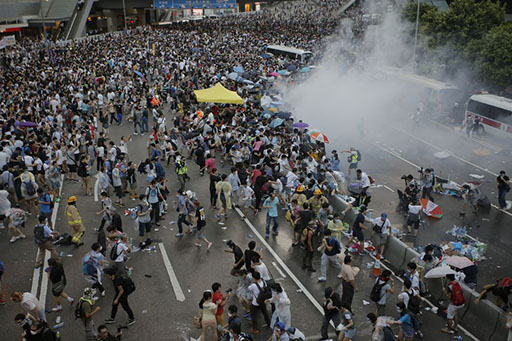
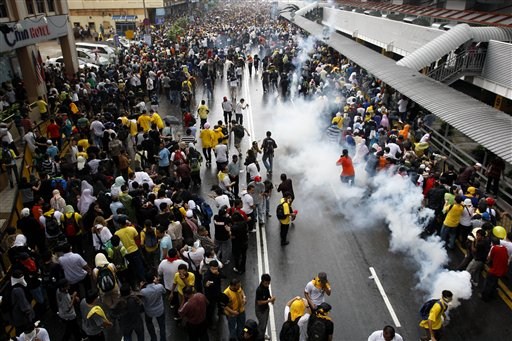
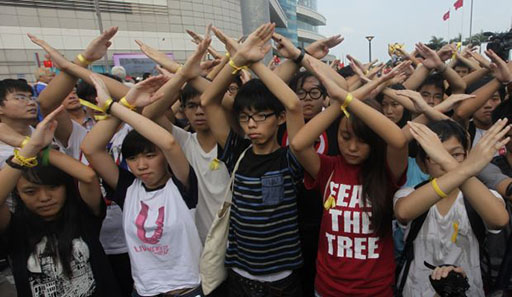
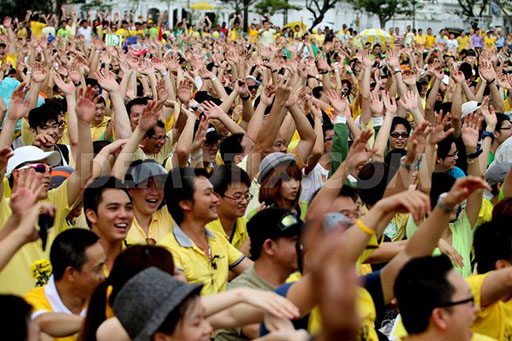


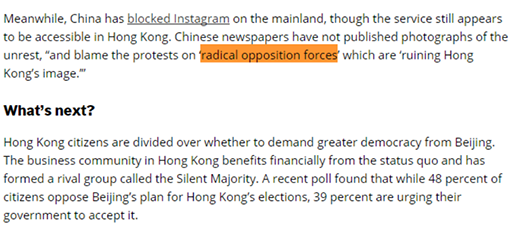
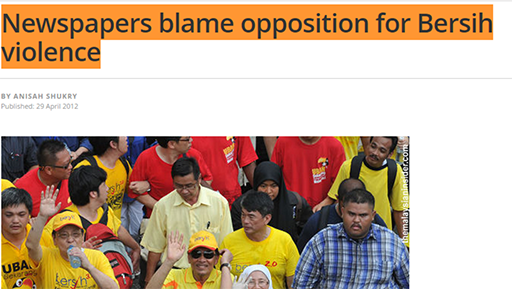

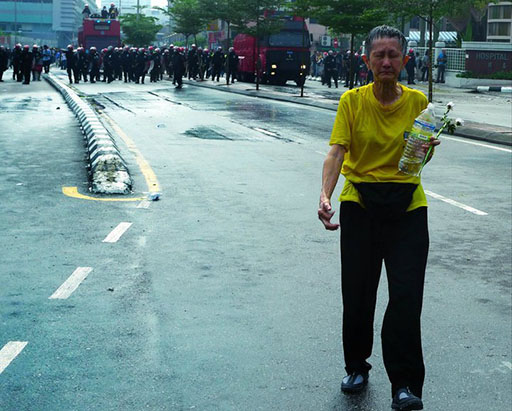

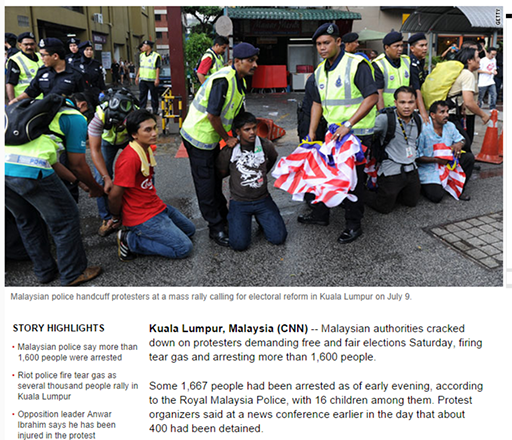
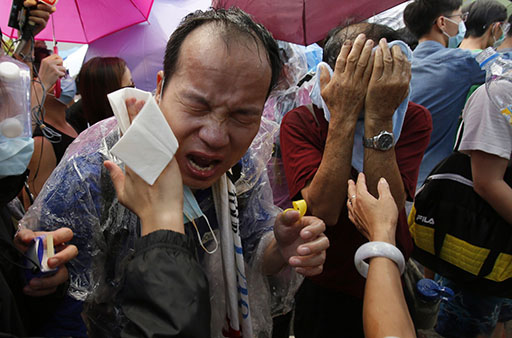

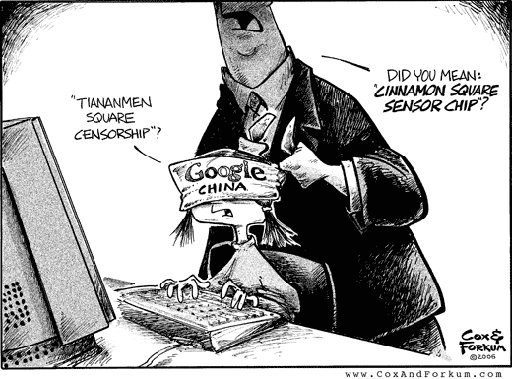
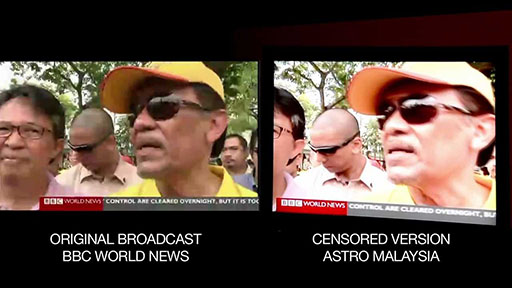
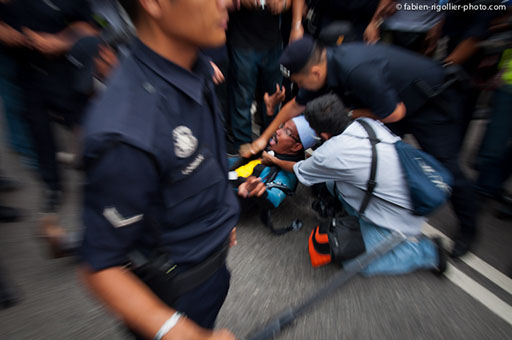




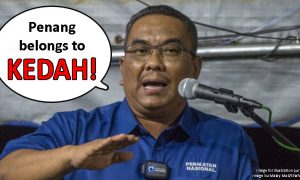

Pingback: 5 things I’ve learned about freelancing | Stuart Danker